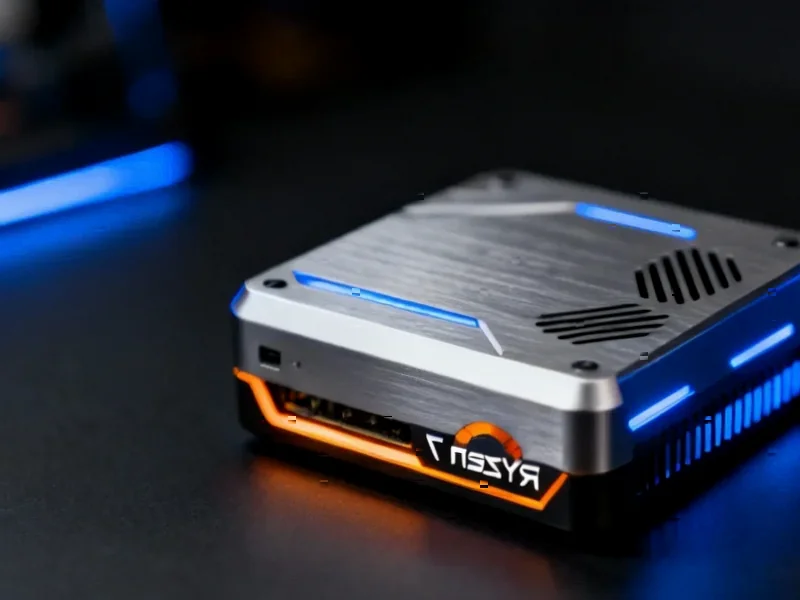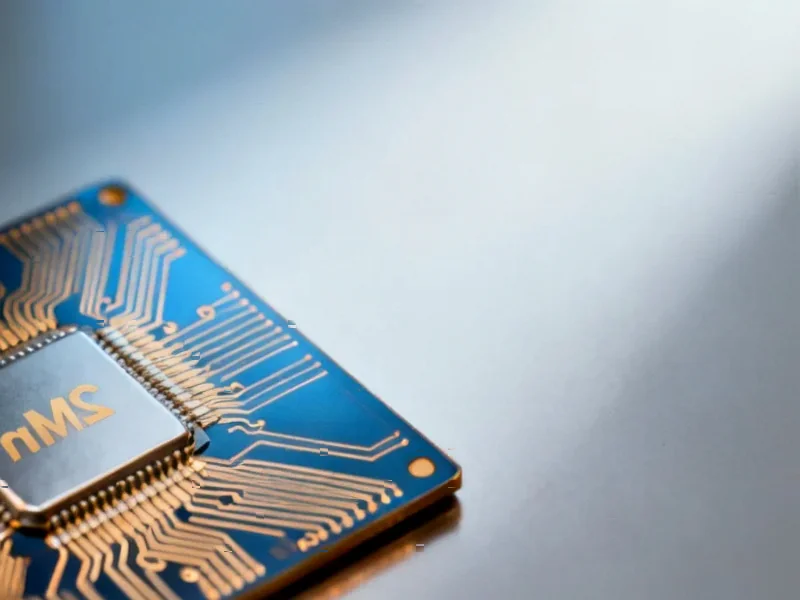Ledger Rebrands Hardware Device as Multi-Purpose “Signer”
Ledger has launched its fifth-generation hardware device that represents a significant departure from the company’s previous product strategy, according to reports. The new device, which retains the “Nano” name despite its expanded form factor, features a substantially larger E Ink touchscreen and is being positioned as a comprehensive digital identity solution rather than merely a cryptocurrency wallet.
Table of Contents
Design and Feature Evolution
The $179 Ledger Nano Gen5 reportedly bears stronger resemblance to the company‘s premium Flex and Stax models than to the USB stick-sized Nano X it replaces. Sources indicate the device features a roughly three-inch touchscreen that dominates the slim form factor, creating what some describe as a miniature E Ink smartphone. The plastic construction is said to feel less premium than the Flex model, which analysts suggest is a deliberate differentiation strategy given the similar feature sets.
The expanded display serves multiple purposes, according to the report. It enables full transaction details to be displayed simultaneously, potentially enhancing security by making errors more visible. The improved interface is also intended to make the device quicker and easier to operate for both existing cryptocurrency users and newcomers to hardware security solutions.
Strategic Shift Beyond Cryptocurrency
Ledger’s rebranding of the hardware as a “signer” rather than a wallet signals a strategic pivot toward the broader digital identity market, analysts suggest. The company is reportedly targeting consumers who may not own cryptocurrency but seek secure methods for identity verification in an era of increasing online age restrictions and AI interactions.
This approach mirrors similar initiatives in the technology sector, including Sam Altman’s World project, though Ledger’s solution notably avoids biometric scanning in favor of established secure chip technology. The report states that while current applications focus on cryptocurrency transaction verification and passkey authentication, the company envisions future uses including AI agent authorization and age verification without government ID disclosure.
Enhanced Accessibility Features
The new Nano incorporates several features designed to broaden its appeal beyond traditional cryptocurrency users. According to reports, the device ships with Ledger’s NFC Recovery Key system introduced earlier this year, replacing the complex 24-word recovery phrase that previously required offline physical storage. This simplification is seen as addressing a significant usability barrier for mainstream adoption.
Additionally, the company has enlisted original Mac icon designer Susan Kare, reportedly through the involvement of iPod creator and current Ledger board member Tony Fadell, to create a series of decorative metal badges. These accessories, which slot into the device’s design, include thirteen initial designs with nine standard options, three basketball-themed variants commemorating Ledger’s sponsorship of the San Antonio Spurs, and a limited edition honoring the original Ledger Nano.
Market Position and Future Prospects
Industry observers question whether Ledger can successfully expand beyond its core cryptocurrency user base, with analysts suggesting the company faces challenges in convincing mainstream consumers to adopt a dedicated $179 hardware device for identity verification. The report indicates that while many users express frustration with current age verification and identity processes, the willingness to invest in specialized hardware solutions remains uncertain.
The success of this strategic repositioning, according to market analysts, may depend on broader industry adoption of hardware-based authentication standards and increasing consumer concern about digital privacy and security. Ledger’s bet on hardware signers represents a significant gamble that the market for dedicated personal authentication devices will expand substantially beyond the current cryptocurrency ecosystem.
Related Articles You May Find Interesting
- Building AI-Powered Telecom Analytics with Spring AI MCP: A Complete Implementat
- Taming the Digital Fabricator: Practical Strategies for Reducing AI Hallucinatio
- Jersey’s Workforce Crisis: How Skills Gaps Are Reshaping Business Strategies
- Riff’s €14M Series A Fuels Enterprise No-Code AI Revolution
- How Battery Recycling Meets AI’s Power Demands: Redwood’s $6B Bet on US Energy I
References
- http://en.wikipedia.org/wiki/E_Ink
- http://en.wikipedia.org/wiki/Nanotechnology
- http://en.wikipedia.org/wiki/Touchscreen
- http://en.wikipedia.org/wiki/Plastic
- http://en.wikipedia.org/wiki/USB
This article aggregates information from publicly available sources. All trademarks and copyrights belong to their respective owners.
Note: Featured image is for illustrative purposes only and does not represent any specific product, service, or entity mentioned in this article.



